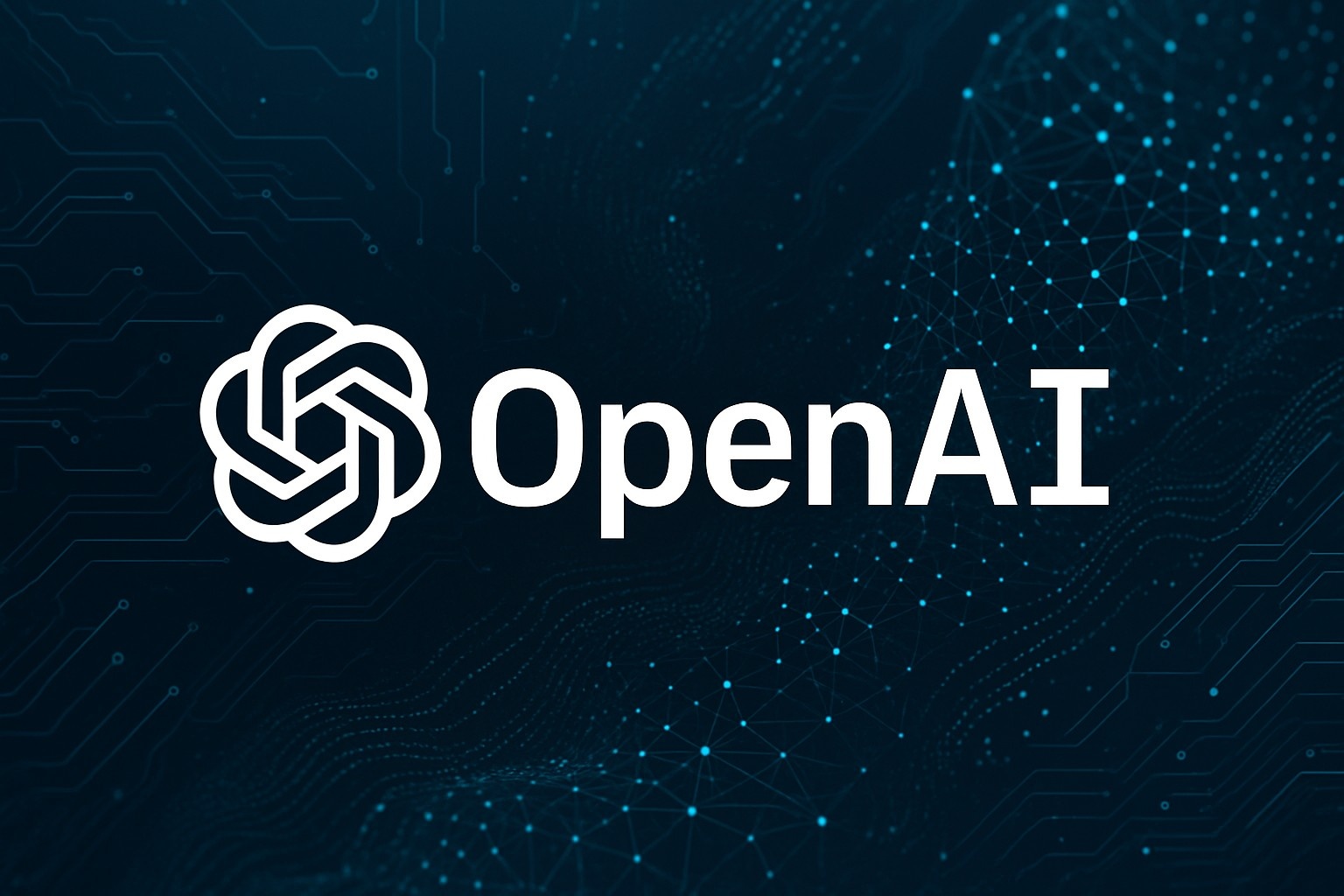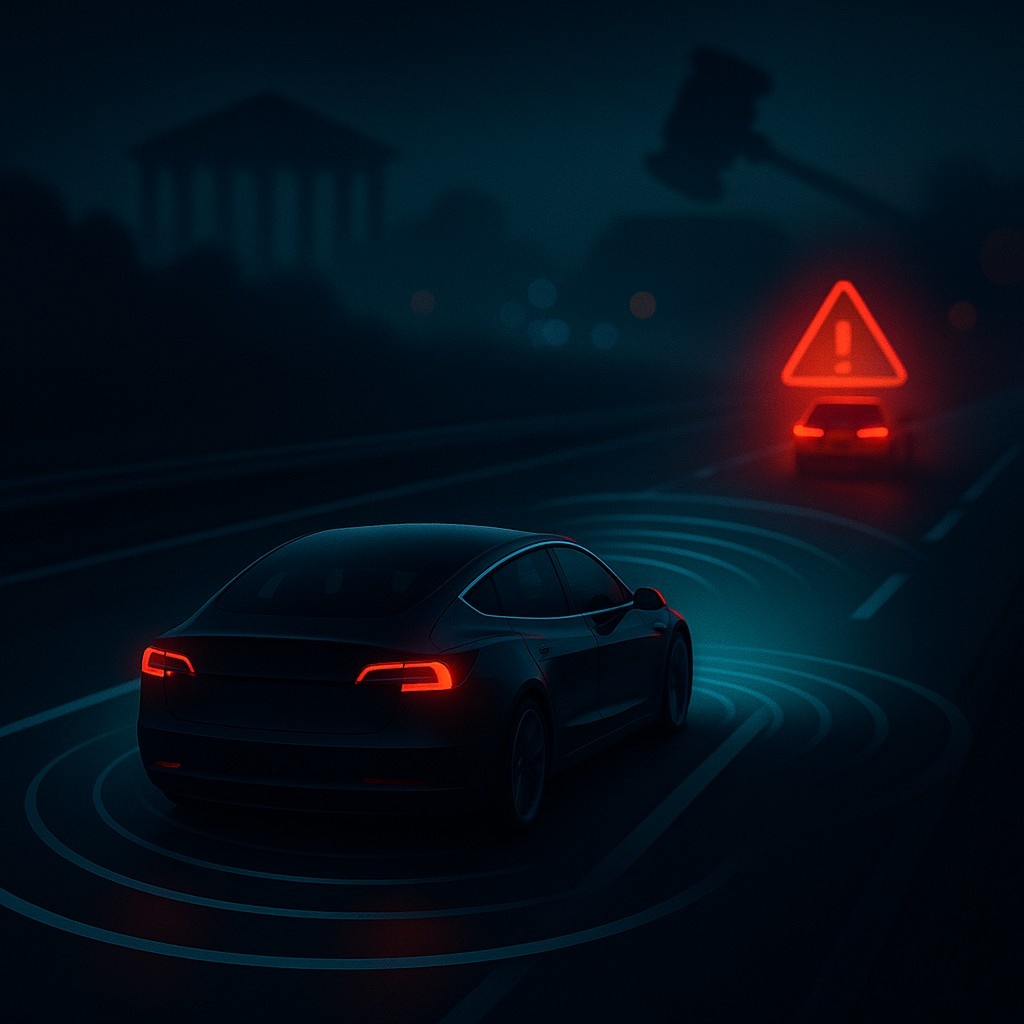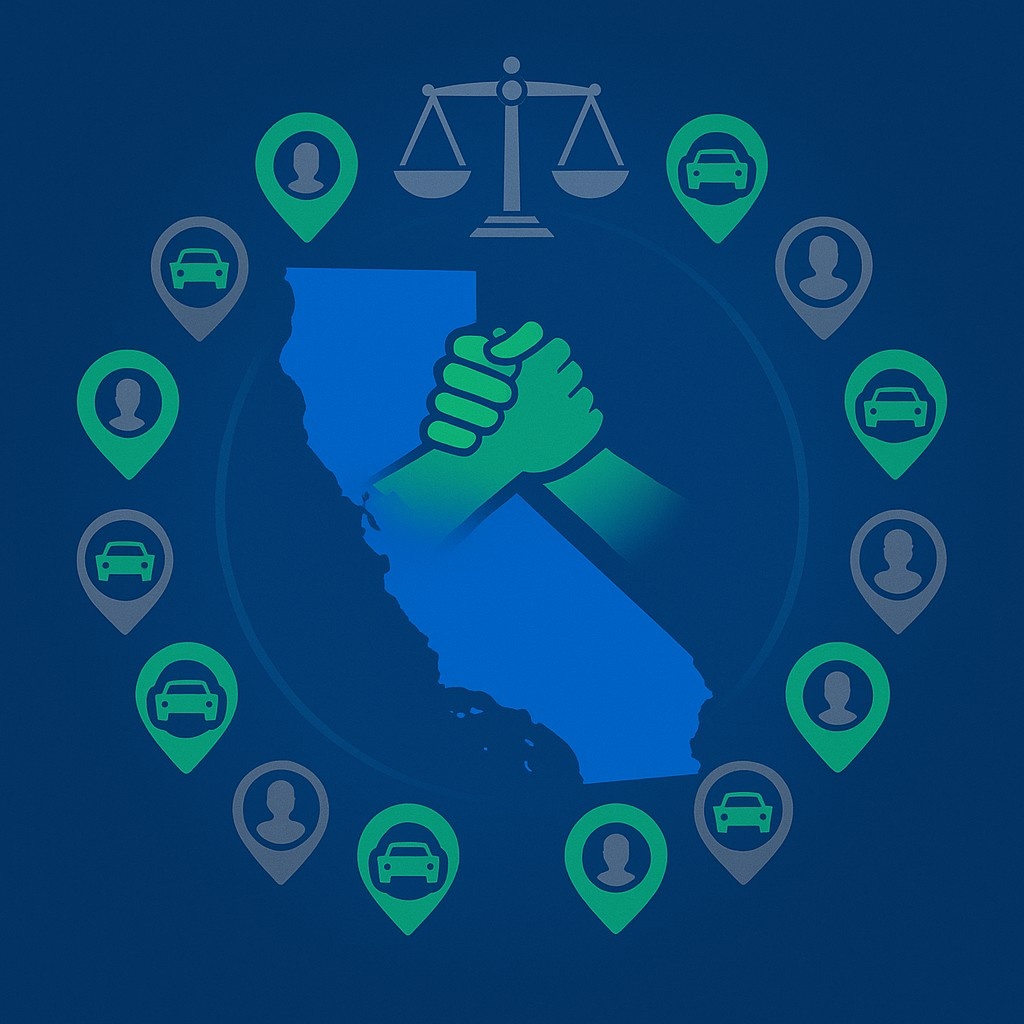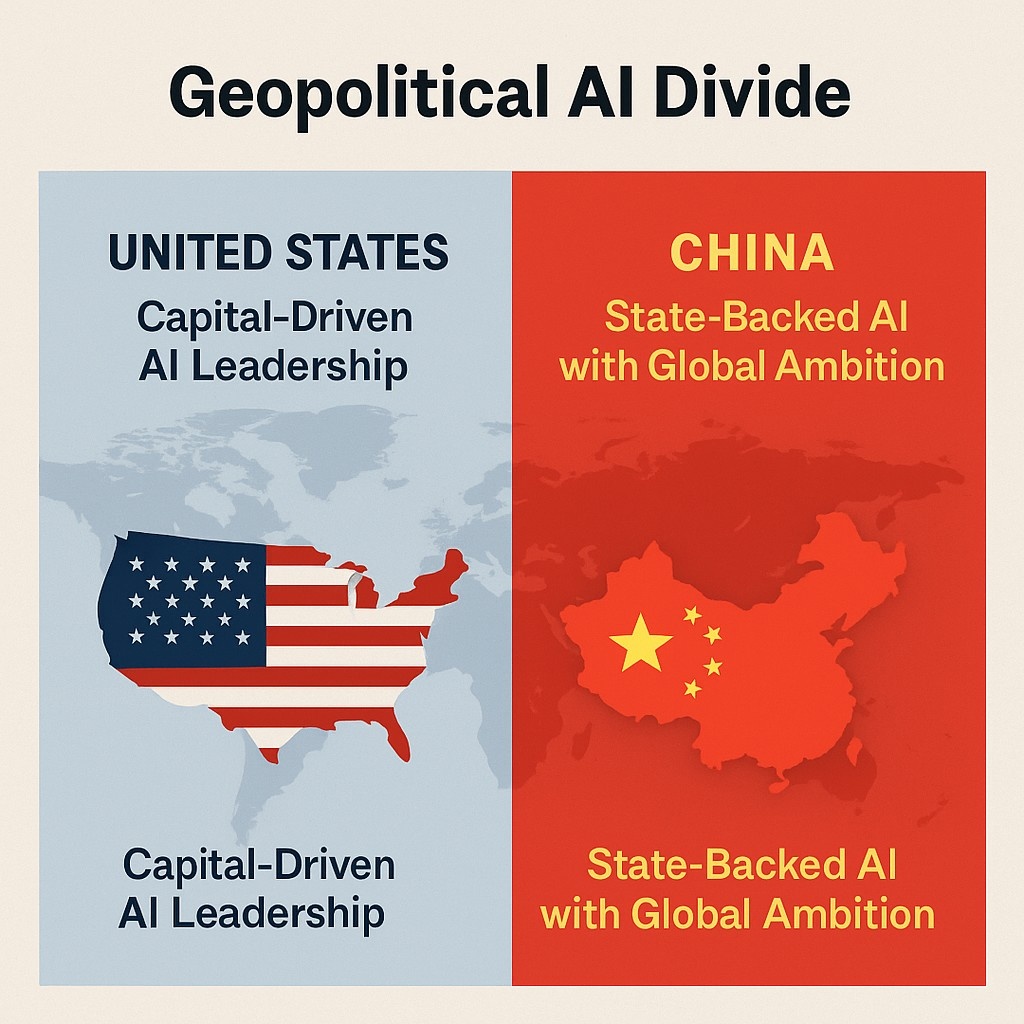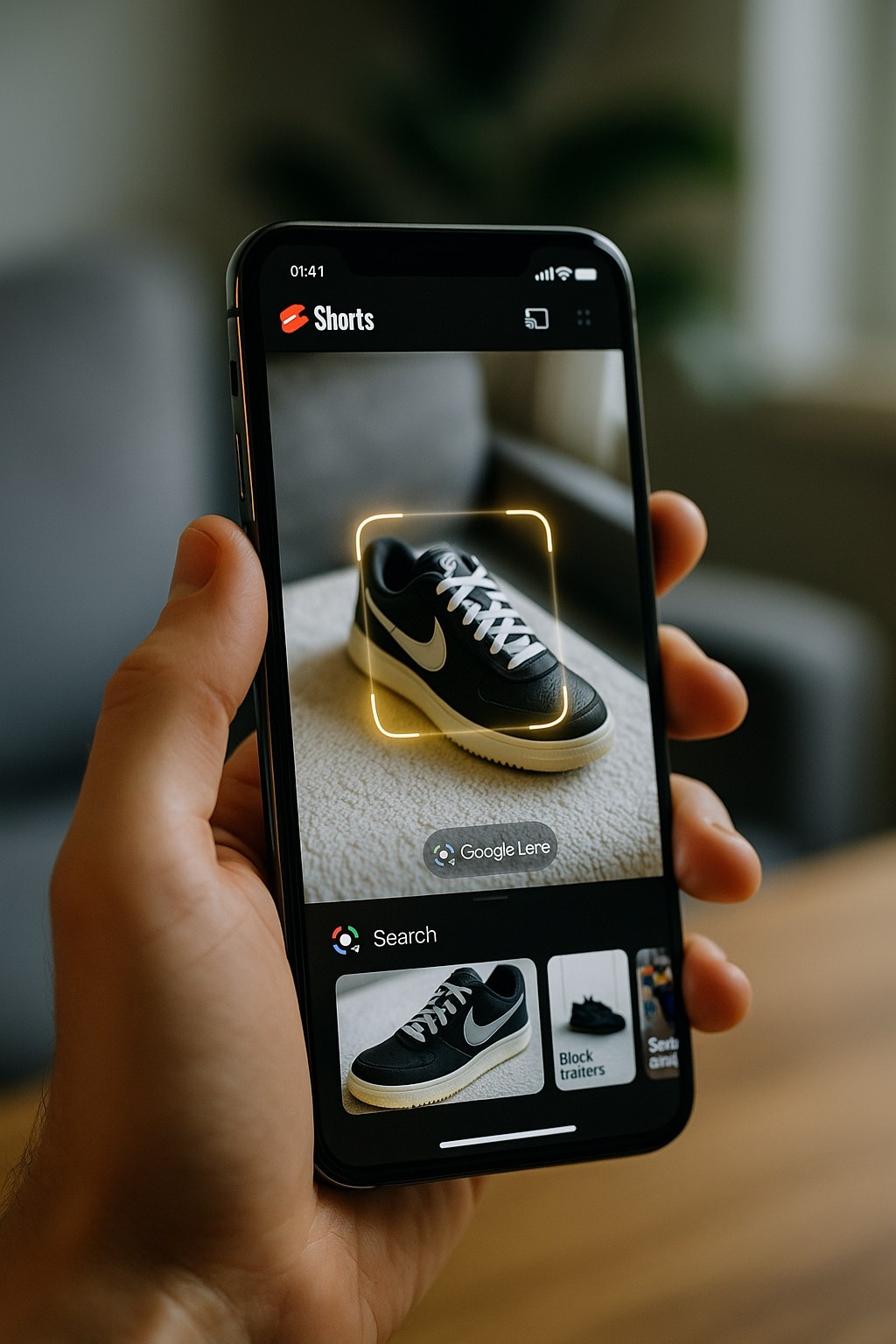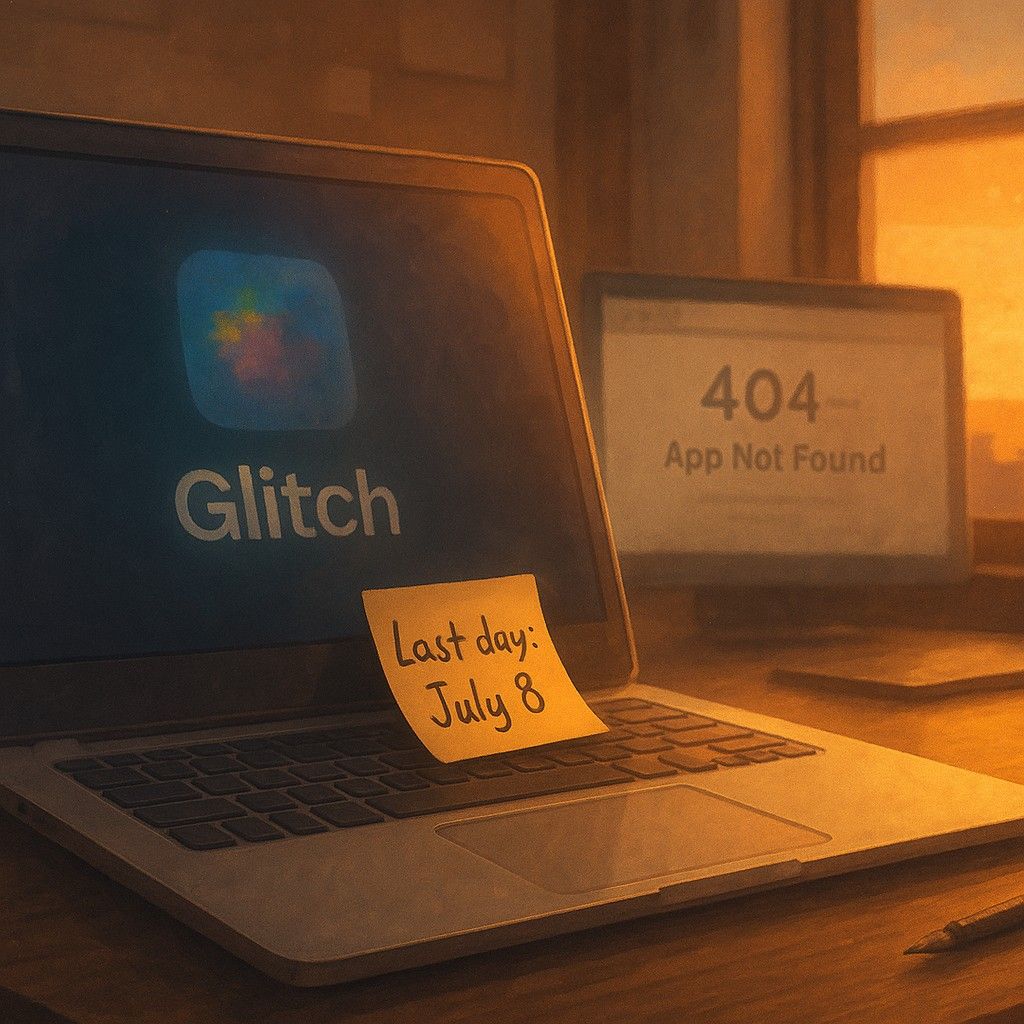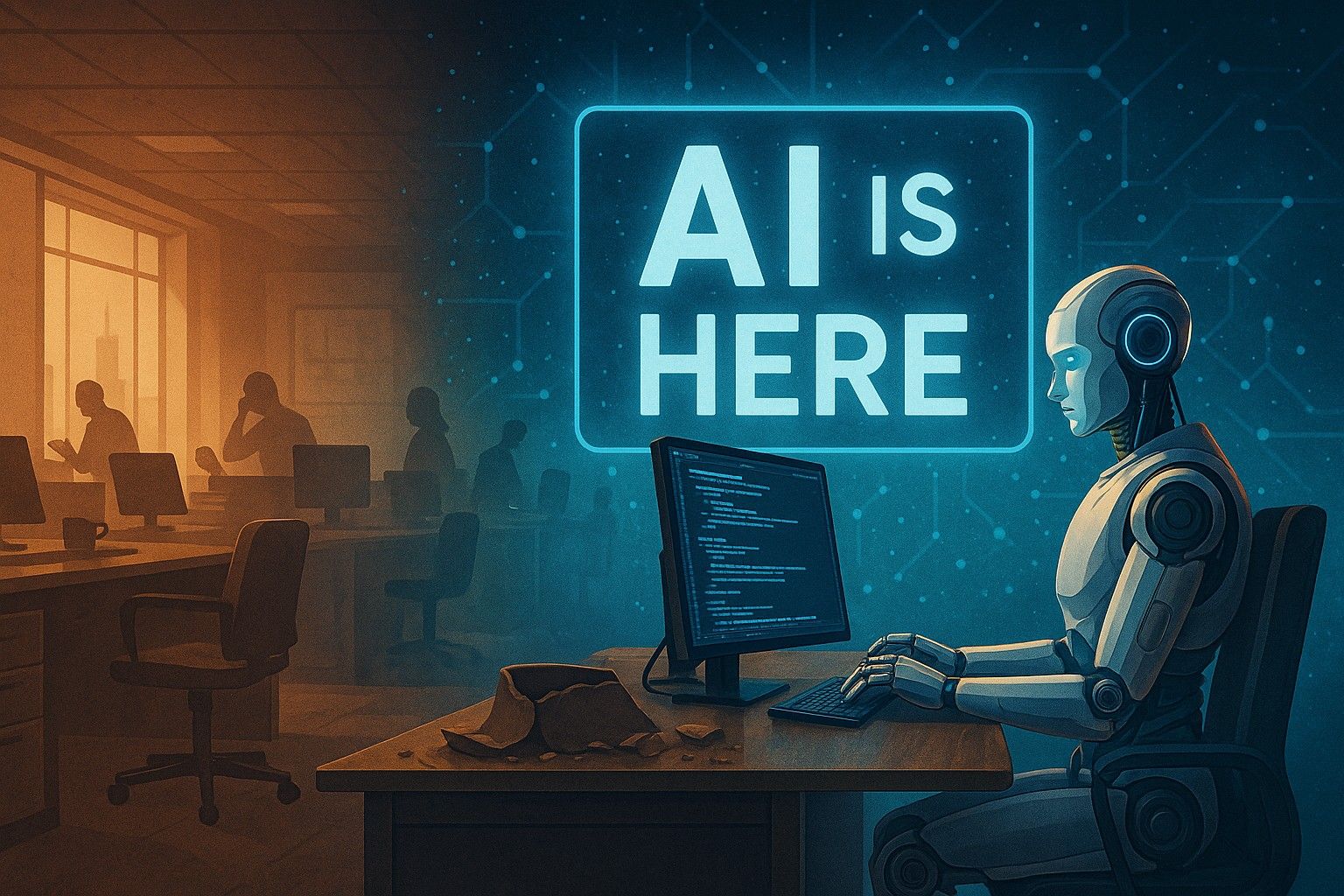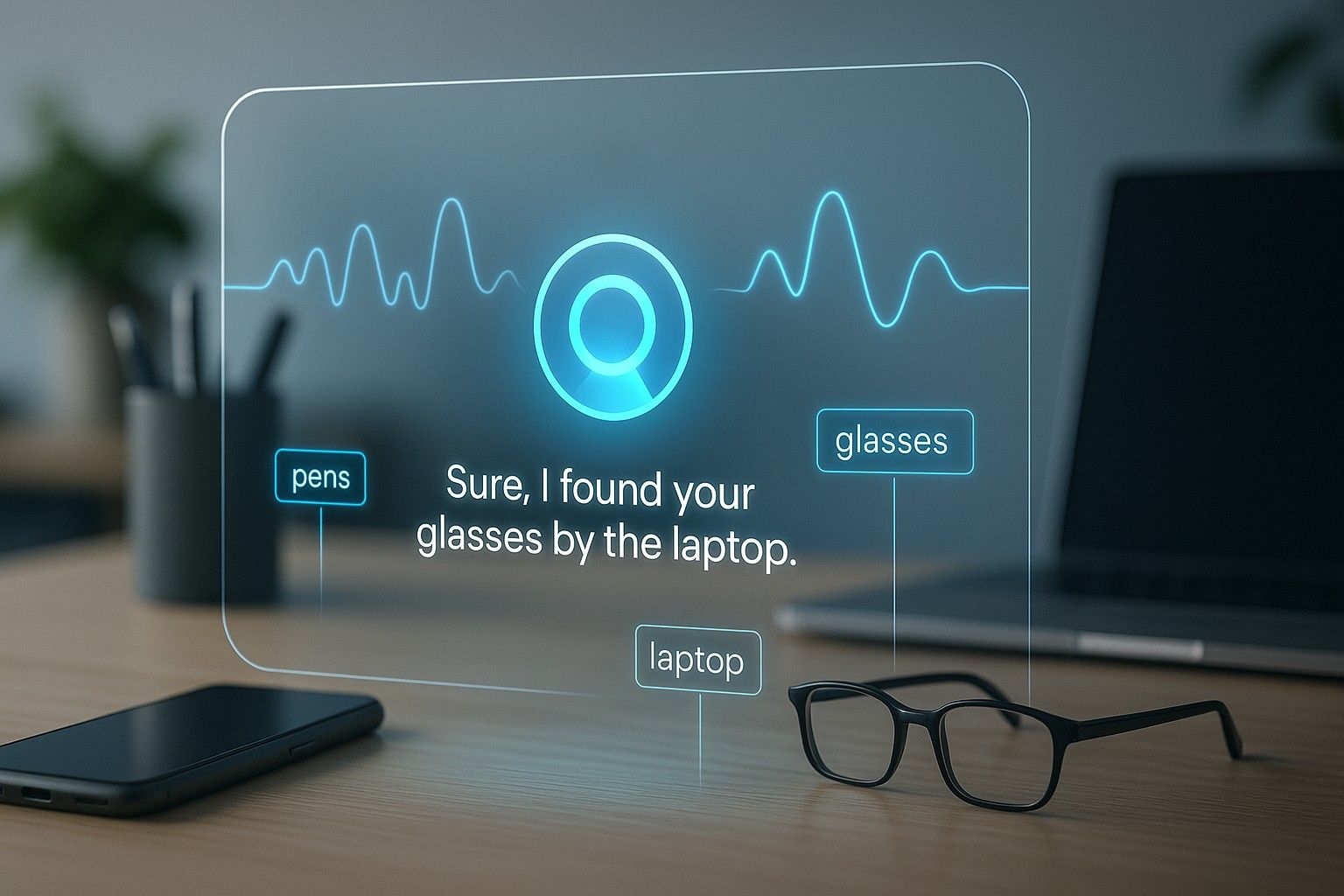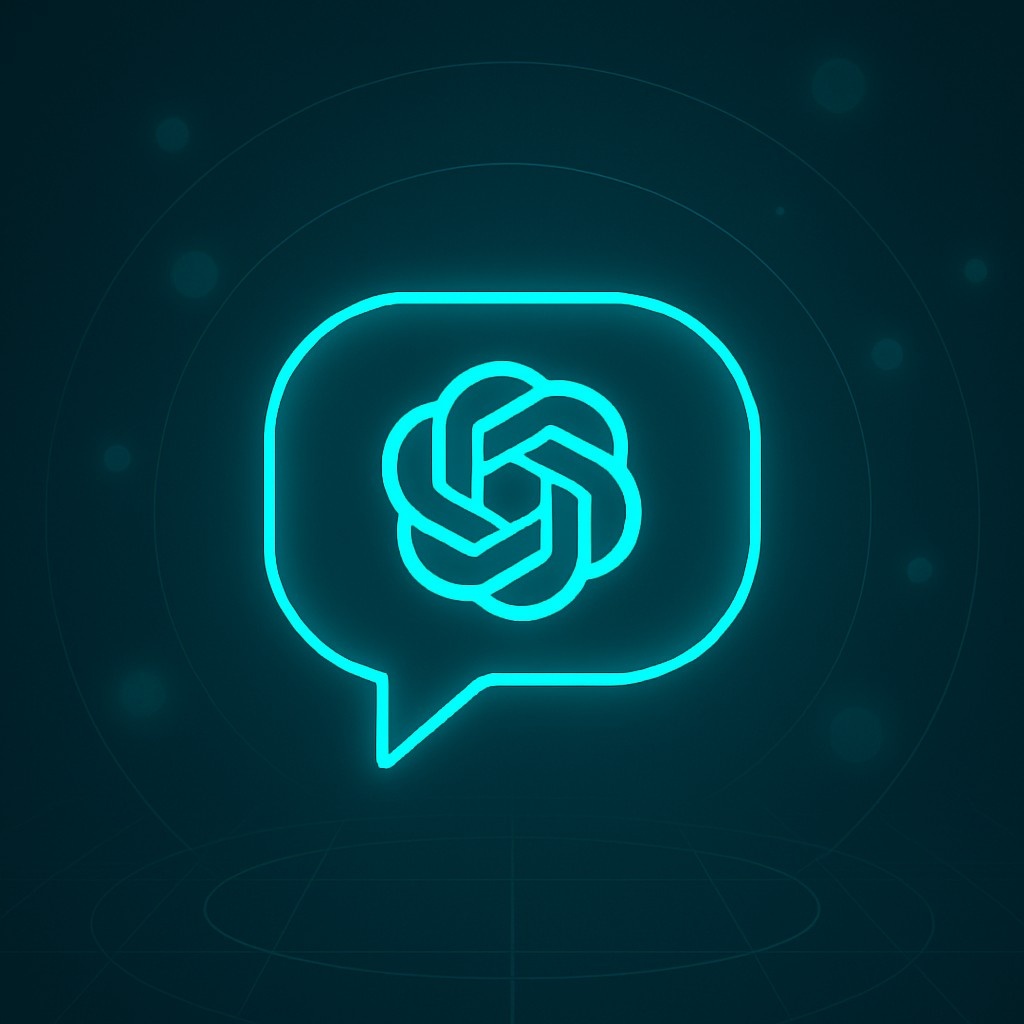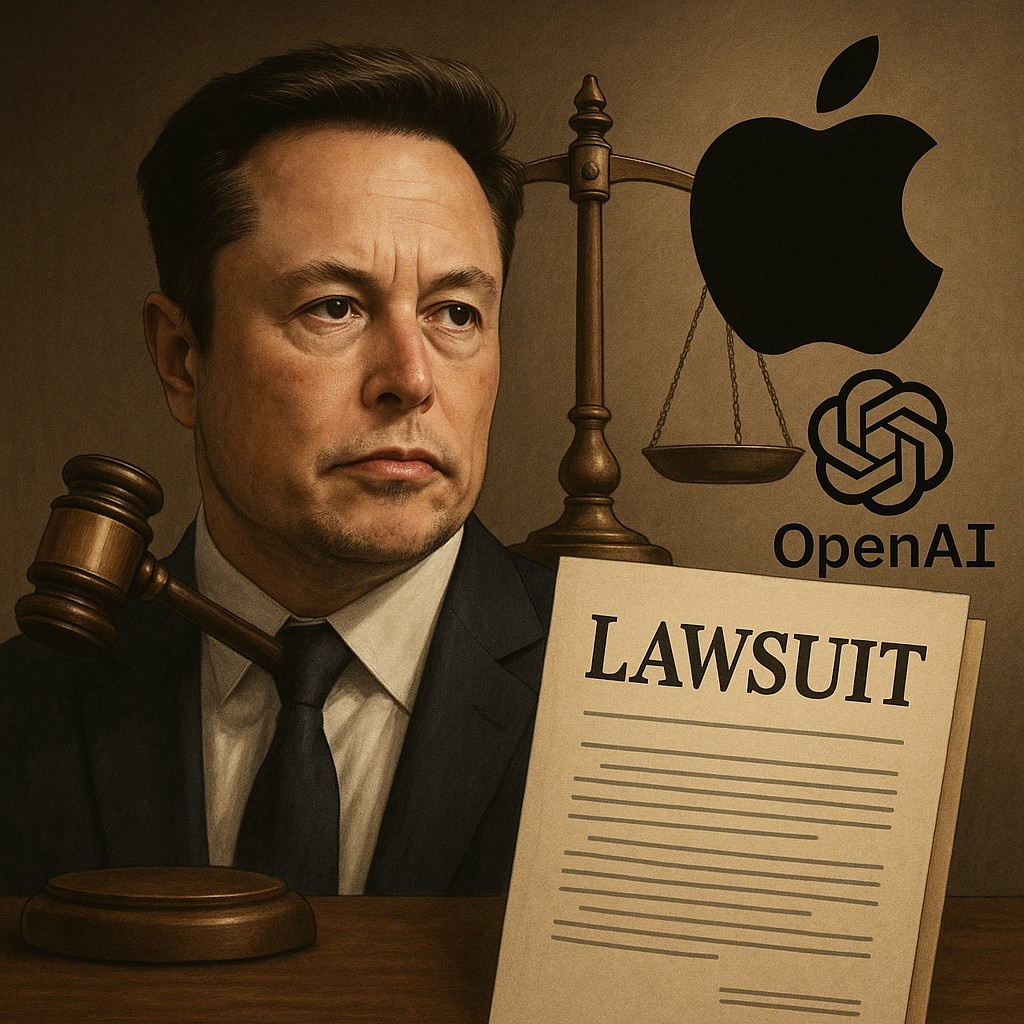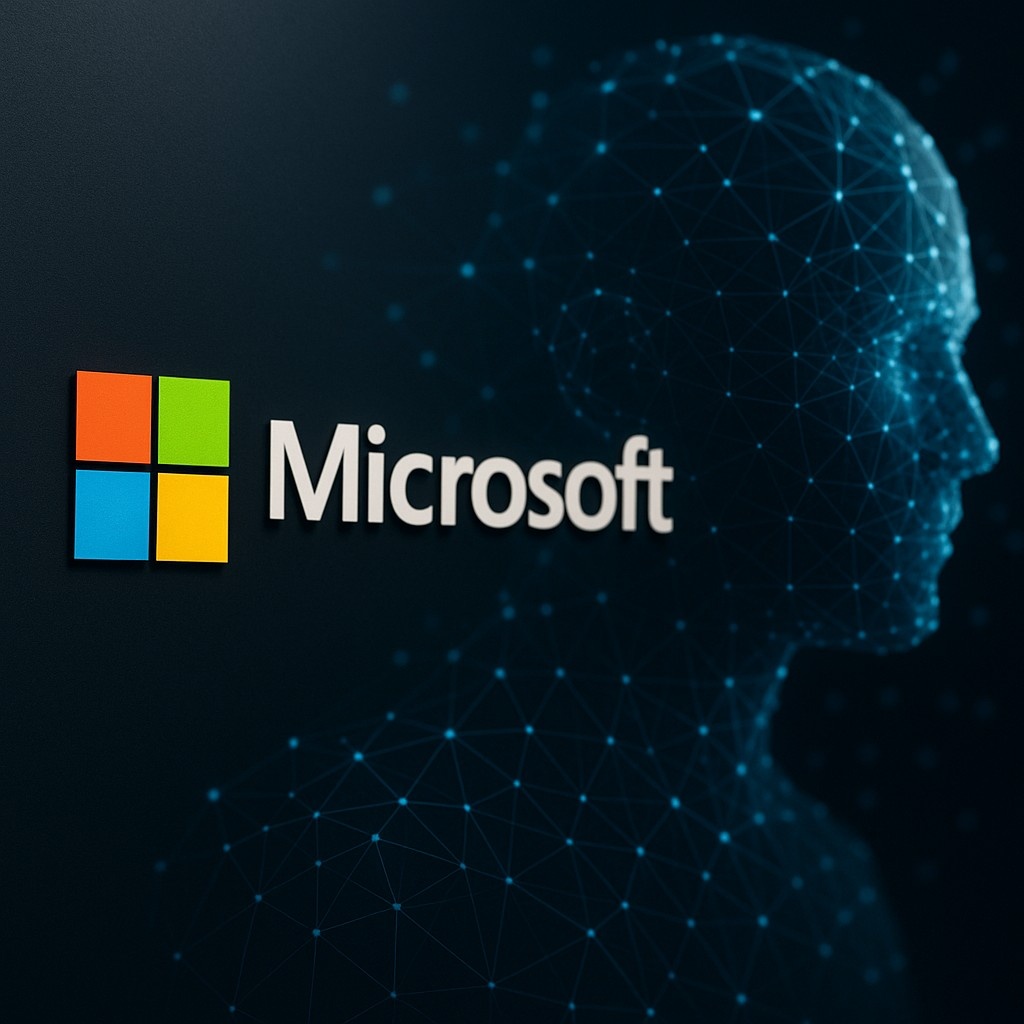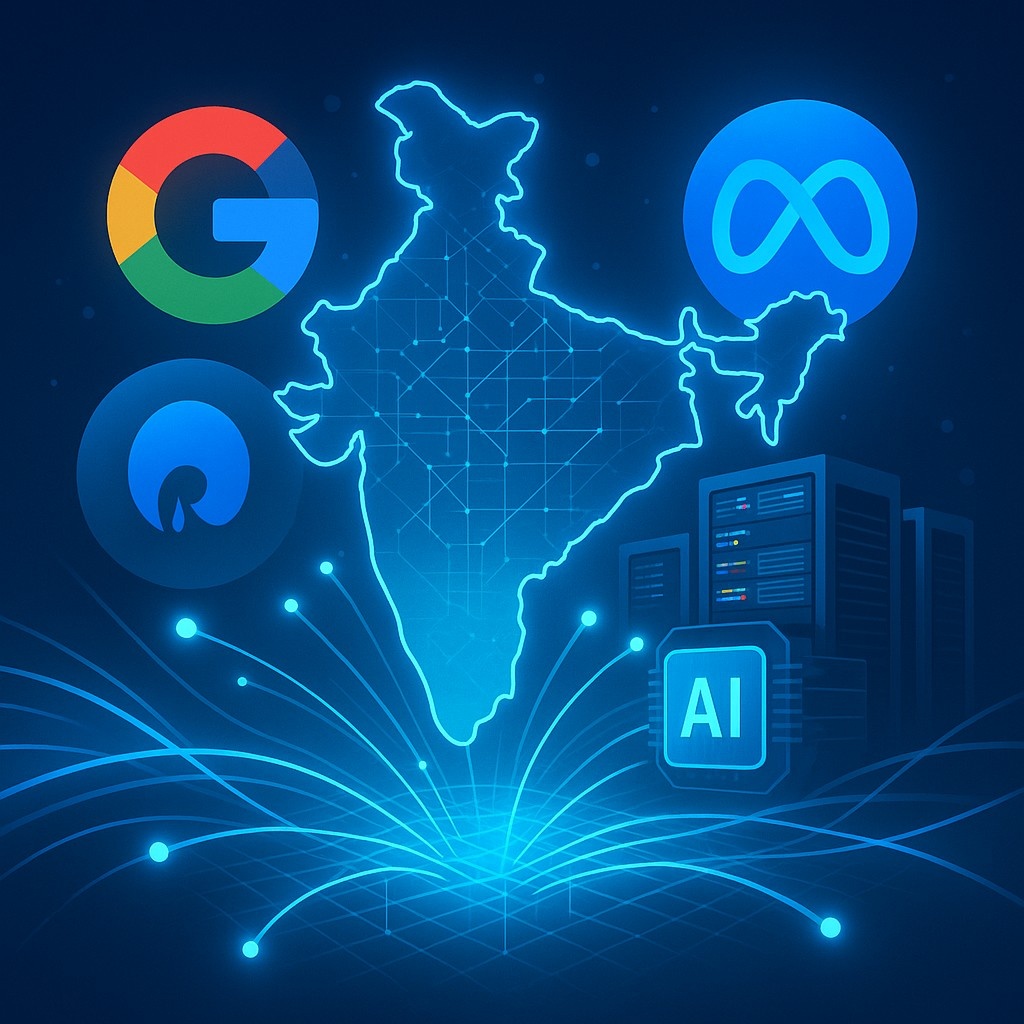OpenAI Reaffirms Nonprofit Control — The Mission Over the Money
On May 5, 2025, OpenAI made a decision that sent a clear signal to the tech world: some organizations still choose mission over market.
After months of internal discussions, external criticism, and legal pressure, OpenAI officially reaffirmed that its nonprofit entity will remain in control of the company — including its fast-growing, revenue-generating for-profit arm. This decision walks back earlier plans to separate the nonprofit from its commercial operations and hand more power to investors.
In a world where AI is becoming the most valuable resource on Earth, OpenAI just took a path very few companies would even consider.
What Was Going On Behind the Scenes?
For those who haven’t followed every twist of OpenAI’s governance journey, here’s a quick recap.
OpenAI was founded as a nonprofit in 2015, with a bold mission: to develop artificial general intelligence (AGI) that benefits all of humanity. In 2019, to scale and compete, it created a "capped-profit" subsidiary that could raise money and operate more like a startup. That structure allowed it to take on billions in funding from companies like Microsoft while still maintaining a sense of ethical oversight.
But as OpenAI’s technology advanced — with products like ChatGPT, DALL·E, and its enterprise tools being used around the globe — the lines between “mission” and “business” started to blur.
In late 2024, OpenAI floated the idea of restructuring its for-profit unit into a Public Benefit Corporation (PBC). This would mean the for-profit would no longer be legally bound to the nonprofit parent and could operate more freely in the market.
Sounds reasonable? Not to everyone.
The Pushback Was Loud — And From Inside, Too
The proposal triggered a wave of backlash.
From investors to ethicists, and even OpenAI co-founder Elon Musk, critics questioned whether OpenAI was drifting too far from its original ideals. Musk — who had long since stepped away from OpenAI — filed a lawsuit, alleging that the organization had “abandoned” its nonprofit roots and become a regular for-profit startup chasing valuation instead of safety.
Industry observers also raised a key point: if OpenAI becomes just another commercial tech company, who will make sure AGI is built responsibly? If it’s investors and not ethicists making the final call, that could be dangerous for a technology this powerful.
Then there were the employees — many of whom had joined OpenAI specifically because it wasn’t a typical tech company. Inside sources say the internal tension was real, and the board had to carefully consider how to preserve both the company’s long-term success and its original promise to humanity.
May 5: The Decision Comes Down
On May 5, OpenAI ended the speculation. The board confirmed that the nonprofit will retain control over the for-profit PBC. The commercial unit will still be converted into a benefit corporation — allowing it to raise funds and scale — but it will remain majority-owned and governed by the nonprofit parent.
That means the core decision-making power stays with the nonprofit board, which is tasked with keeping the company's AI development safe, transparent, and in the public interest.
CEO Sam Altman wrote a letter to employees, stating:
“OpenAI is not a normal company and never will be. We exist to ensure that AGI benefits all of humanity.”
Why This Is a Big Deal
This wasn’t a small structural adjustment. In today’s world of skyrocketing AI valuations and cutthroat competition, keeping nonprofit control is almost unheard of.
Other AI startups are raising billions, racing to dominate markets, and scaling with speed that sometimes outpaces safety. But OpenAI’s decision slows things down — on purpose. It means the company will continue to prioritize responsible AI development, safety research, and long-term planning over quarterly profits.
It also sets a precedent: that you can be one of the most powerful tech companies in the world, and still be run by a nonprofit whose only duty is to humanity, not shareholders.
Still a Business, Still Competitive — Just Different
Make no mistake — OpenAI isn’t rejecting business entirely.
The for-profit arm will still operate commercially. It will continue building and selling tools, licensing its models, and working with companies like Microsoft, Salesforce, and Stripe. But now there are guardrails — mission-driven oversight that can say “no” to potentially harmful projects, even if they’re lucrative.
The goal is to walk a delicate line:
- Stay ahead in the AI race
- Raise the capital needed to build AGI
- But never lose sight of why the company was started in the first place
In a way, OpenAI is trying to build the future’s most powerful technology — with one hand holding a blueprint and the other holding a moral compass.
What About the Lawsuit?
Elon Musk’s lawsuit, filed earlier in 2025, accused OpenAI of abandoning its nonprofit mission and turning into a Microsoft-powered AI corporation. While OpenAI has denied the claims and called the lawsuit meritless, many believe it played a role in pressuring the board to clarify its governance structure.
With the new announcement, the company is clearly saying: “We’re not changing our DNA.”
Whether that satisfies critics — or courts — remains to be seen. But for now, OpenAI has sent a strong signal that it wants to stick to its original vision, not sell out.
What This Means for the AI Industry
The implications are wide-reaching.
- Other AI startups may now feel pressure to adopt clearer governance standards — especially those working toward AGI.
- Investors may become more cautious about backing companies whose missions aren’t legally protected.
- Governments watching AI closely — especially the U.S., EU, and China — may start pushing for more transparency in corporate AI governance.
OpenAI’s choice doesn’t just affect its own trajectory — it influences how the world builds the most powerful technology we’ve ever seen.
What Happens Next?
With the structure clarified, OpenAI now has room to focus on what it does best: building.
- Its next-generation model, GPT-5, is expected to enter private testing soon.
- OpenAI’s tools like ChatGPT, Whisper, and Codex are growing across industries.
- International expansion is accelerating, including new research hubs in Asia and Europe.
But going forward, every decision the company makes will be under the spotlight — because now it’s not just building software. It’s defining what AI governance looks like in a world that still doesn’t know what AGI will become.
Final Thoughts
On May 5, 2025, OpenAI could have taken the easy route: go fully commercial, raise more money, grow faster. But it didn’t.
Instead, it chose to slow down, realign, and recommit — to the public, to its people, and to its purpose.
And in doing so, OpenAI reminded the world that technology can still have values, and those values can still be protected — even when billions of dollars are on the table.
It’s not a normal company.
And maybe that’s exactly what the future needs.
